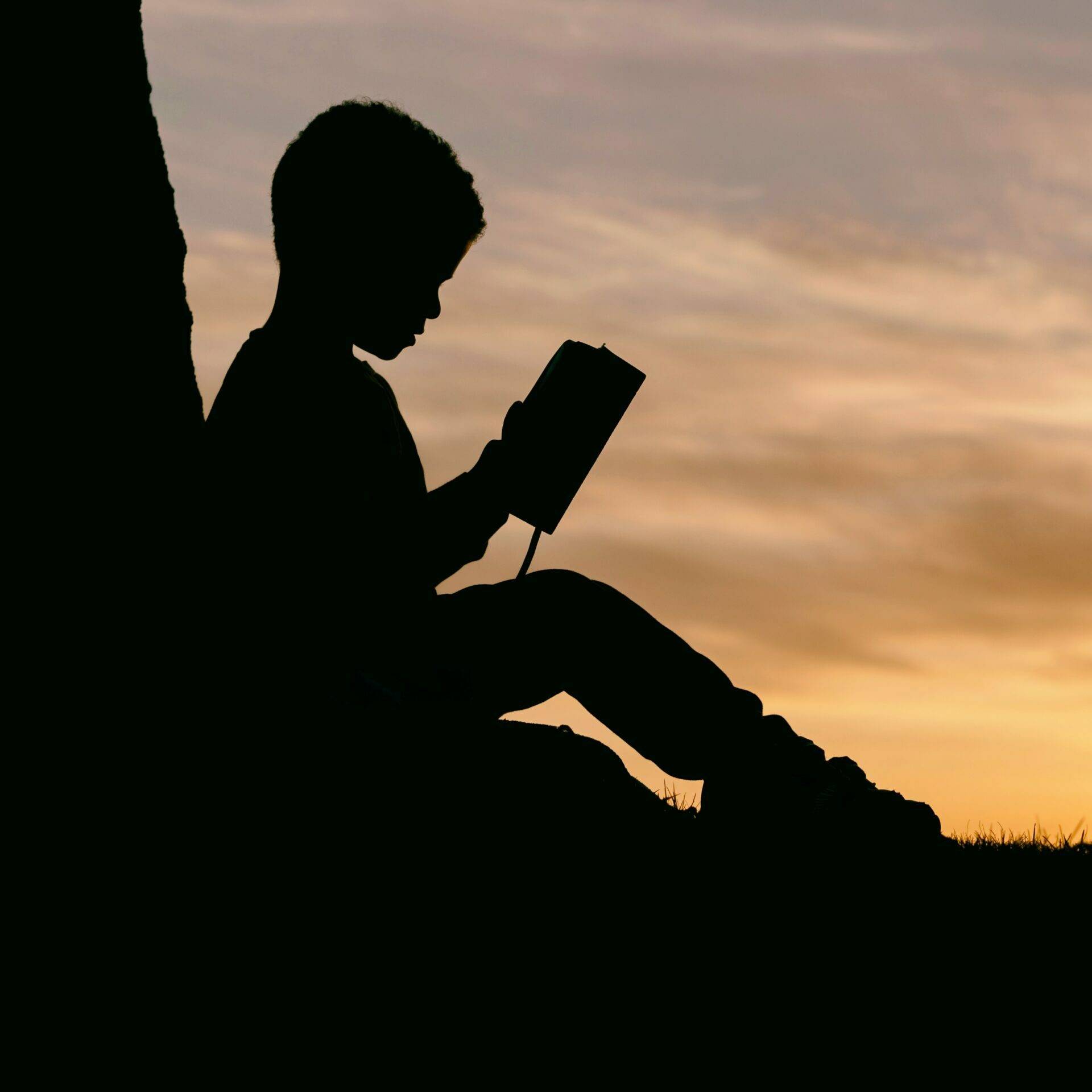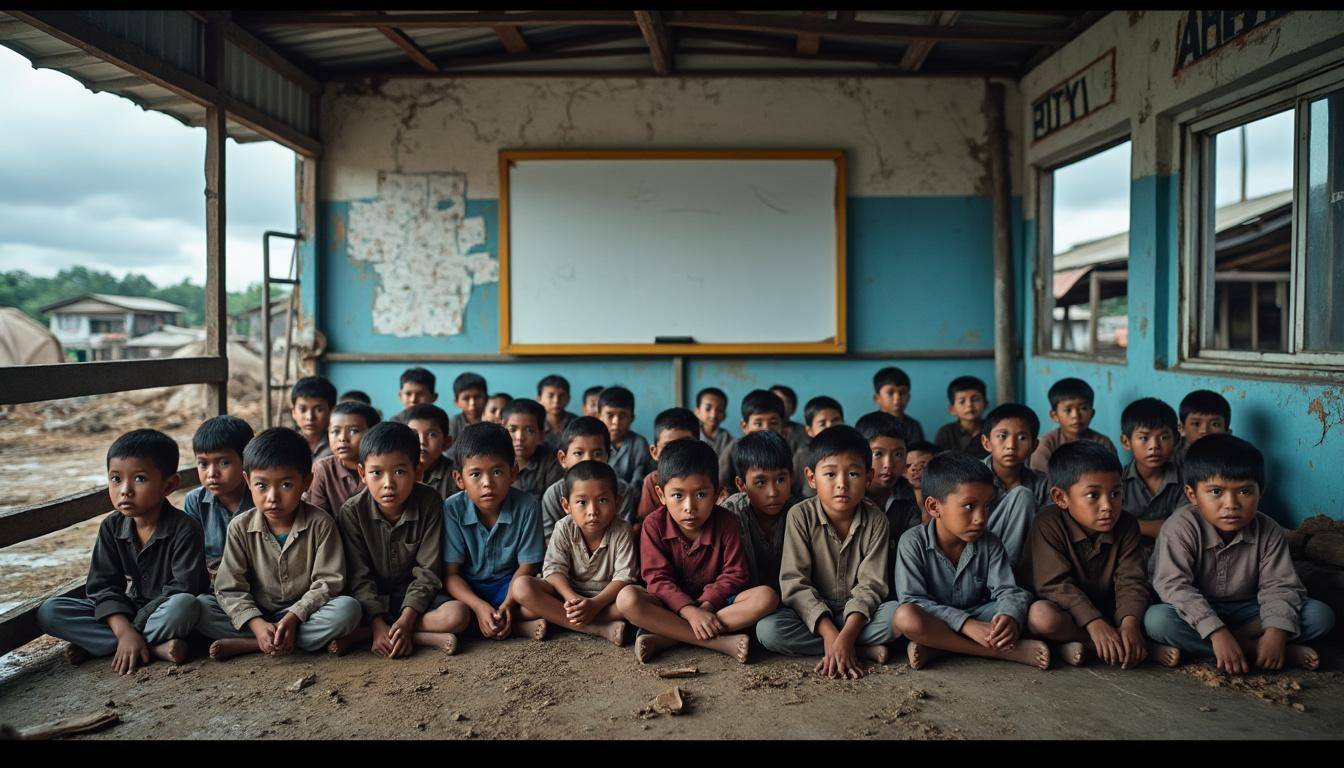Education for nearly 300,000 Rohingya children in Cox’s Bazar faces a severe setback as thousands of learning centers abruptly close due to critical funding shortages. This alarming development spotlights the fragile state of humanitarian aid in the world’s largest refugee settlement, where over one million Rohingya refugees reside. Organizations including UNICEF and Save the Children warn that if financial support does not soon increase, the educational prospects for an entire generation are at risk, compounding existing hardships in the camps.
Closing of Rohingya Learning Centers Threatens Education of 300,000 Children
On June 3, 2025, UNICEF, Save the Children, and their partners were compelled to shut down more than 6,400 learning centers in the Cox’s Bazar refugee camps with immediate effect. These closures affect approximately 300,000 children—nearly 60% of the camp’s young population—who rely on these centers as a vital pathway to education and normalcy amid precarious living conditions.
The decision followed an acute funding crisis jeopardizing the continuation of education programs operated within these camps, which are home to about one million Rohingya refugees, including over 500,000 children. Without access to quality education, these children face greater risks of social exclusion and long-term vulnerabilities.
- Impact on Early Childhood Learning: Thousands of children in foundational education stages lose their critical learning opportunities.
- Vulnerability of Refugee Children: Education closures exacerbate trauma, diminish psychosocial support, and reduce protection from exploitation.
- Disrupted Educational Progress: Learning interruptions may cause permanent educational setbacks affecting future prospects.
Humanitarian Organizations Alarmed by Education Crisis
Golam Mostofa, Cox’s Bazar Area Director for Save the Children International, expressed deep distress over the forced shutdowns. “No child should be deprived of education, especially those who have endured unimaginable hardships,” he emphasized. This sentiment is echoed by numerous humanitarian players, including the International Rescue Committee, Plan International, and Care International, who continue advocacy efforts to secure emergency funding.
- UNICEF: Leading coordination of education in emergencies, calls for urgent restoration of funding.
- Human Rights Watch: Highlights the denial of basic educational rights amid global neglect.
- World Food Programme: Warns of interconnected challenges as hunger and education insecurities rise simultaneously.
- Oxfam and Doctors Without Borders: Address health and protection concerns that worsen with educational service disruption.
- Global Fund for Children: Supports initiatives aimed at providing alternatives and scholarships for displaced youth.
Funding Shortfalls: A Worsening Crisis for Rohingya Refugees’ Education
Since the major influx of Rohingya refugees in 2017, international donors and humanitarian agencies had ramped up education and protection services in Cox’s Bazar. However, the global humanitarian funding landscape has deteriorated, leading to severe budget constraints and program reductions.
This financial strain has forced organizations to downsize critical education initiatives. The prolonged closure of learning centers threatens to dismantle years of progress made in increasing literacy rates and overall child well-being in the camps.
- Reduced Teacher Workforce: UNICEF’s termination of contracts for over 1,100 local educators jeopardizes continuity of early grade instruction.
- Learning Environment Loss: Safe spaces for learning, socialization, and child protection have radically diminished.
- Absenteeism and Dropouts Rise: Past funding cuts have already led to increased dropout rates and absenteeism among Rohingya children, particularly girls.
Collaborative Efforts to Sustain Education Amid Funding Crisis
Despite the dire situation, Save the Children, in partnership with organizations like Plan International and the International Rescue Committee, continues to advocate for renewed and increased funding. These alliances aim to:
- Secure Emergency Funding: Engage donors and governments to fill imminent budget gaps.
- Innovate Learning Modalities: Explore alternatives such as remote learning and community-based education.
- Protect Teachers and Staff: Rehire and support educators crucial to sustaining learning continuity.
- Empower Refugee Communities: Promote youth scholarships through Global Fund for Children and reintegration initiatives.
Protecting Rohingya Children’s Right to Education: A Global Responsibility
The closure of these learning centers is not only a local setback but a global wake-up call. Education is a fundamental human right and a cornerstone for rebuilding lives shattered by conflict and displacement.
Humanitarian actors and international donors must recognize that investing in education safeguards children’s futures and fosters social cohesion in fragile settings. Collaborative international efforts remain indispensable.
- Immediate Actions Needed: Ramp up funding from international governments and funding bodies.
- Raise Public Awareness: Mobilize global civil society groups and social media to highlight the crisis.
- Promote Long-Term Solutions: Integrate education programs within sustainable refugee policy frameworks.
- Involve Refugee Voices: Include Rohingya youth perspectives in program design to ensure effective education delivery.


